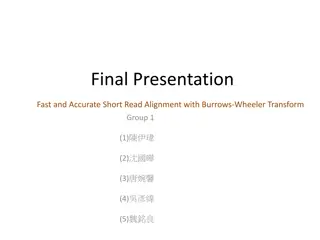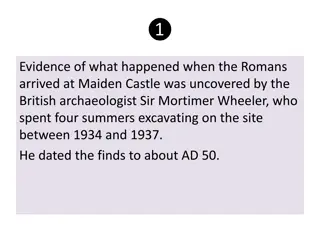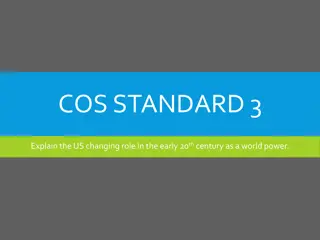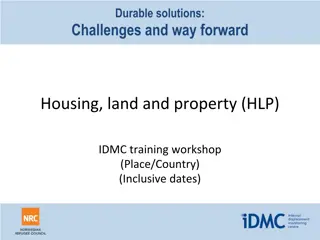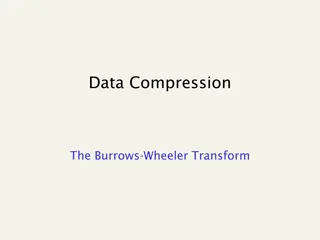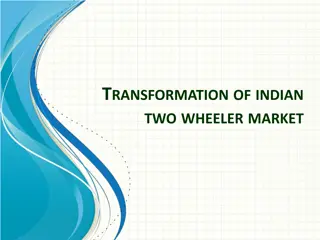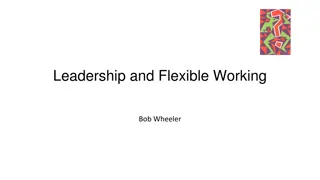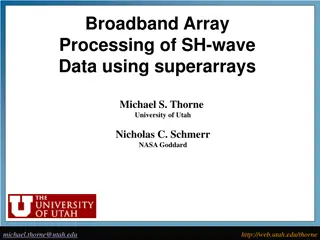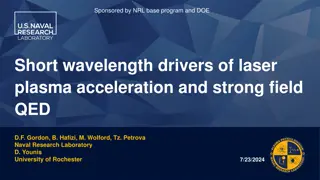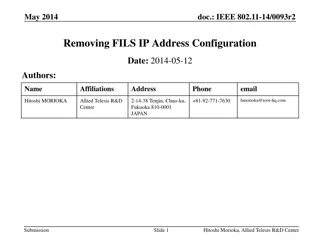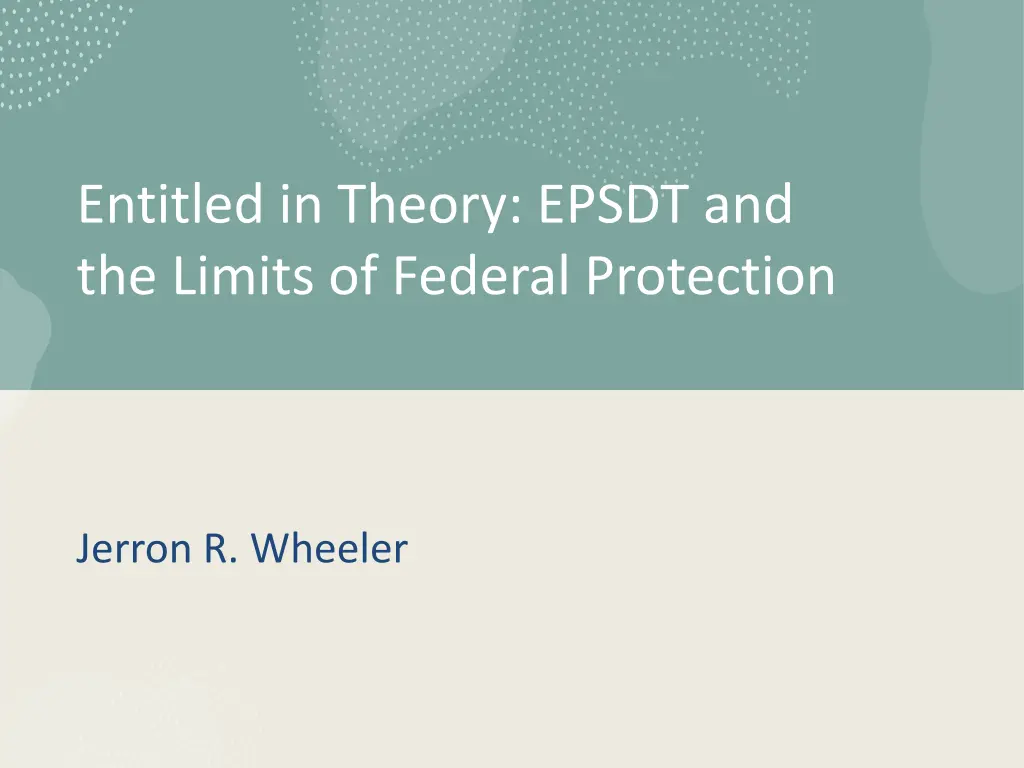
Challenges and Solutions in Federal Child Healthcare Policy
Explore the complexities surrounding the EPSDT program under Medicaid, highlighting discrepancies between federal intent and state implementation. Delve into the limitations, impact on vulnerable populations, and the necessity for regulatory reforms to ensure effective child healthcare delivery.
Download Presentation

Please find below an Image/Link to download the presentation.
The content on the website is provided AS IS for your information and personal use only. It may not be sold, licensed, or shared on other websites without obtaining consent from the author. If you encounter any issues during the download, it is possible that the publisher has removed the file from their server.
You are allowed to download the files provided on this website for personal or commercial use, subject to the condition that they are used lawfully. All files are the property of their respective owners.
The content on the website is provided AS IS for your information and personal use only. It may not be sold, licensed, or shared on other websites without obtaining consent from the author.
E N D
Presentation Transcript
Entitled in Theory: EPSDT and the Limits of Federal Protection Jerron R. Wheeler
The Medicaid Tension Congress sets goals, provides funding, and delegates oversight. States control daily implementation. The result: inconsistency, underperformance, and vulnerable populations left behind.
What is EPSDT? A federal Medicaid entitlement for children under 21. Requires states to provide services that 'correct or ameliorate' health conditions. Designed to ensure early, preventive, and comprehensive care.
Promise vs. Reality Clear federal intent: robust, universal child healthcare. On the ground: care denied, inconsistent implementation across states. Over 40 million children rely on Medicaid yet many are left unprotected.
Why EPSDT Falls Short Excessive state discretion. Lax, outdated federal regulations (pre-1989). Courts deferring to narrow state interpretations.
Real-World Impact Children with complex needs (e.g., autism, diabetes, asthma) face delays or denials. Example: Florida s history of EPSDT litigation due to unmet needs. Geographic lottery: EPSDT access depends on your zip code.
What Needs to Change? Update federal regulations to reflect statutory intent. Limit state discretion in defining 'medical necessity.' Pursue legislative reform or Supreme Court clarification.
Rethinking the Model Should some federal guarantees bypass cooperative federalism? Is a nationalized child health program the better alternative? EPSDT s failures suggest a need to reimagine delivery of children s healthcare.
Conclusion EPSDT was a promise of equality in child health. Structural flaws in Medicaid s design prevent its fulfillment. Protecting kids' healthcare requires bold, national solutions.



